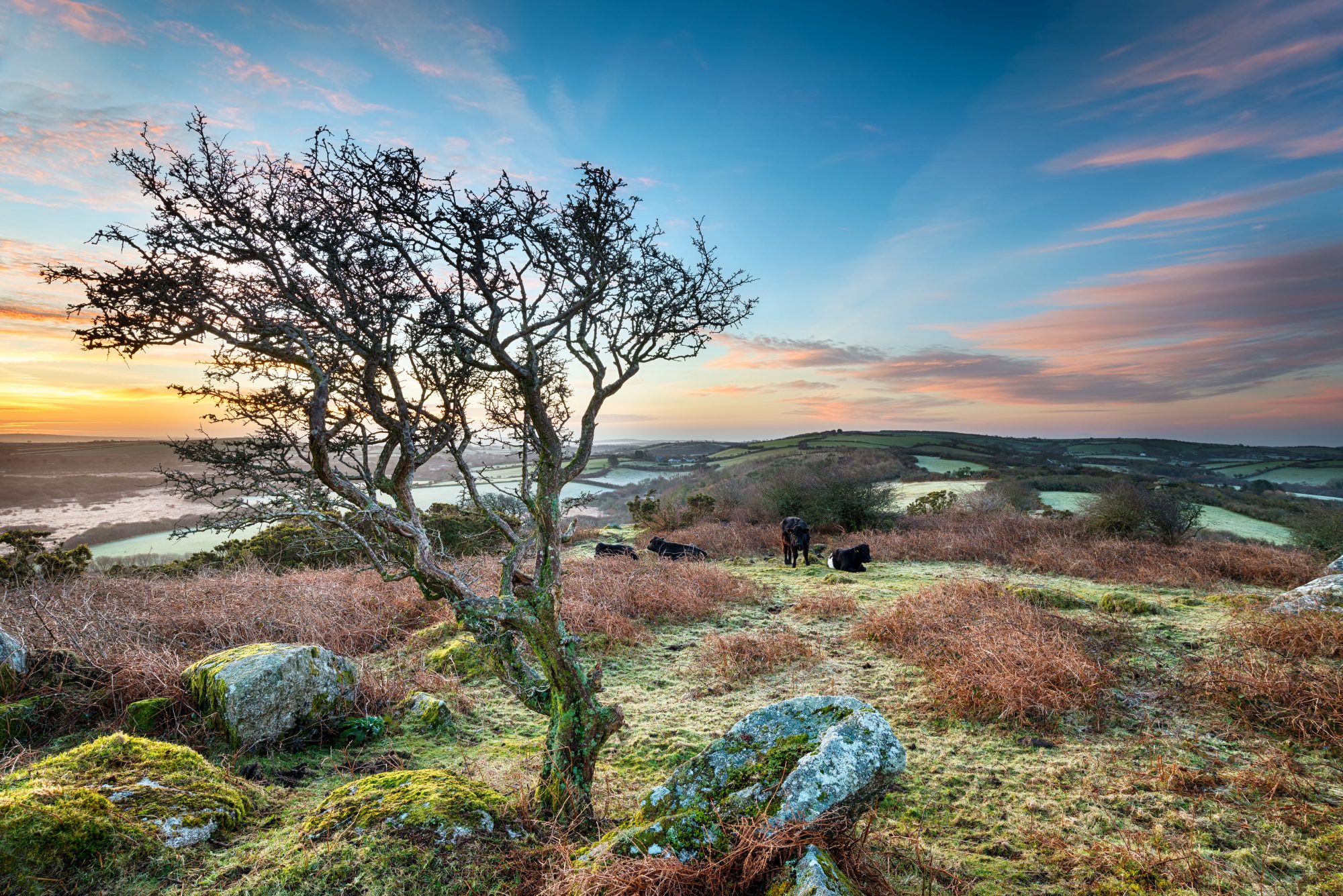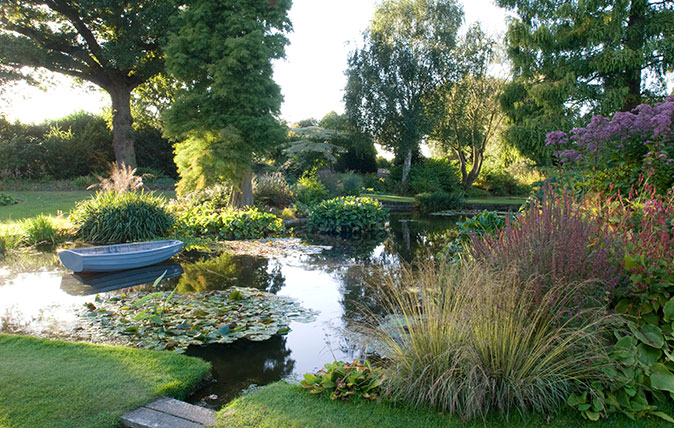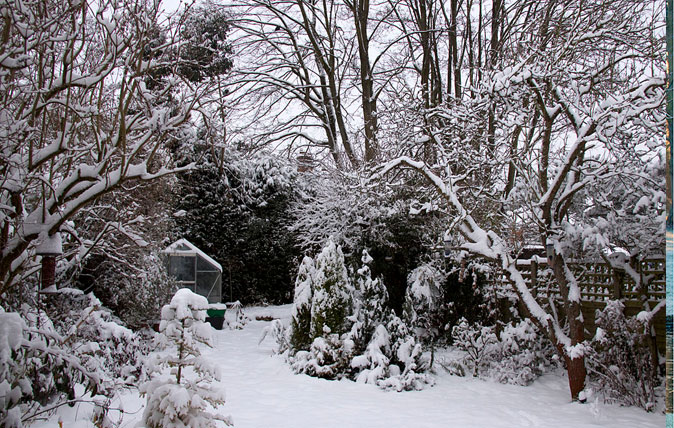Alan Titchmarsh: The joy of identifying trees in winter from the merest scrap of twig
Our columnist Alan Titchmarsh gives thanks for the tough training he received half a century ago – and how it kindled wonder and awe at the breadth of beauty and curiosity in the world’s botanical riches.


Fifty years ago, when I was a student at Kew Gardens, we were faced each week with a daunting plant-identification test. I say ‘daunting’ because the gardens are among the richest horticultural resources in the world and we would be presented with 20 botanical specimens – gathered from the gardens’ 300 acres – for which we were expected to provide a full name: family, genus, species and cultivar or variety.
At the height of summer, the task would be easier than it was in winter, as spectacular plants in bloom catch the eye and had probably been clocked by most of us and we could then bone up on their nomenclature. In winter, it was a different story and the fiendish-minded hunter-out of the 20 specimens would decide, say, upon a score of pines – two-, three-, four- or five-needled species whose identity would baffle the majority of us – or on the bare twigs of deciduous trees.
After all these years, I’ve never ceased to be grateful for my training at Kew, as it fostered in me a sense of wonder and awe at the breadth of beauty and curiosity in the world’s botanical riches. It also left me with an ability to identify the bare twigs of at least the most common wayside and woodland trees.
Walking through the British countryside in February is all the more interesting for being able to put a name to bald skeletons, not only by their overall habit – the complex, wide-spreading flame shape of the hornbeam, the silver-grey boughs of beech and the twisted, corkscrew, deep-fissured bark of the sweet chestnut – but also of the twigs themselves.
It’s something that Seamus Heaney would have approved of as a man who decided that part of the financial reward he received for winning the Nobel Prize for Literature would be put towards learning how to identify the trees, plants and flowers he encountered on a walk in the countryside. My poetry comes nowhere close to his, but I feel an affinity with his desire to know what he was looking at on country rambles.

Snip a few twigs from bare trees as you go out on a walk, bring them home and learn their characteristics at close quarters. Marvel at the quill-like buds of the beech, from which will unfurl those lime-green pleated leaves in spring. Look closely at the tiny criss-cross pattern of the overlapping scales on the dumpy buds of the oak. Register the mnemonic that the buds of the ash are black, as if they’d been burned by fire, and already you have a trio of trees whose identity is known to you even in the depths of winter.
Deciduous magnolias have flower buds that are covered in silky down, as soft as the back of a mouse, and the horse chestnut is smothered in a mahogany-coloured lacquer that will become even stickier just before the buds burst open in April. Observe upon the twigs the horseshoe markings where once the leaves were attached and the stem-encircling ‘girdle scar’. From that point to the shoot tip is the amount of growth the tree put on last year. In a wet year, it’ll be longer than in a dry one.
Exquisite houses, the beauty of Nature, and how to get the most from your life, straight to your inbox.
Birch trees with their silver bark and delicate tracery of deceptively thin prune-purple stems will be preparing to open their catkins, but those on hazel may already have extended into lamb’s tails laden with sulphur-yellow pollen. These are the male flowers.
Look closely along the stems for the cotton-thin female flower – emerging from a bud like a diminutive crimson sea anemone intent on catching the pollen of the male and producing hazelnuts, which it can shed to ensure the perpetuation of the species, unless a squirrel gets there first.
In the same way that the ornithological world has many LBJs (little brown jobs) that are difficult to put a name to – the warblers and the buntings – so the arboricultural world is also filled with bare stems that seem to defy identification. However, when you buy a named tree to plant in winter, study its naked twigs carefully and you’ll discover that no two species are exactly alike. There is a smug satisfaction in being able to identify one from another.
Of course, you might consider that, if life is too short to stuff a mushroom, then you have more pressing things to attend to than learning to identify bare twigs. However, twigs last longer than mushrooms and, in my experience, the satisfaction is more durable, too.

Alan Titchmarsh: The poetic pleasure of plant names
Our gardening expert on the days spent learning the names of some of the most obscure plants in Britain.

Alan Titchmarsh: How to keep a perfect pond
Alan Titchmarsh says that now is the time to clear out the weeds and keep your pond in top condition

Credit: Tony Hisgett
Alan Titchmarsh: Don’t stop gardening in winter – start dreaming
Alan Titchmarsh takes a look at the joys and pains of gardening in the winter
Alan Titchmarsh is a gardener, writer, novelist and broadcaster.
